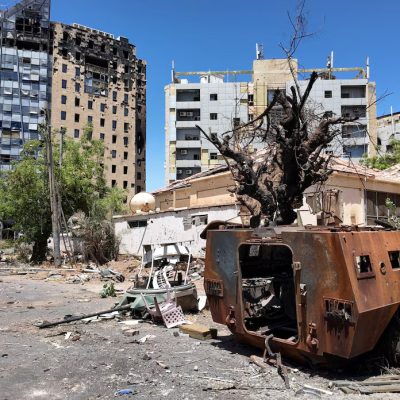Satoshi Ikeuchi, Professor, Religion and Global Security, University of Tokyo
Coronavirus have finally hit the shore of the Gulf and the Middle East.
Countries in the Middle East are closing off their borders, banning foreigners from entering the country, and imposing quarantine period on their nationals who return from abroad. People rush to clinical inspection. Signs of panic are being observed throughout the Middle East.
It looks déjà vu in the eyes of the East Asian nations. People in the East Asia who reside side by side with giant China already observed those phenomena in their own society. The Middle Eastern nations can look Asia and learn from it, successes and failures alike.
The phase of preventing virus from coming in by screening and imposing travel bans might become useless in the Middle East in time. Sooner or later, it eventually comes.
Even more, there are possibilities that it may have been already spread and kept unnoticed inside the communities.
It causes fatal diseases only discriminately to the elderly persons of society. The youth, which consists overall majority of the Middle East, are known not to be affected much and have not much symptoms even when infected by the virus. The difficult aspect of COVID-19 is the possibility that the infected people without symptoms could still spread virus extensively without knowing it.
In the next phase of community transmissions, priorities are on flattening the “epidemic curve” to avoid the collapse of healthcare system. The “epidemic curve” is the exponential surge of people tested positive, which overwhelms the capacity of healthcare system and then deprives other patients from critically needed care, then causes many deaths. That is known as what happened in Wuhan, China. Japan and other countries are trying hard to prevent it reproduced in their societies.
Features and treatment of COVID-19 is still to be elucidated, but there are lessons being learned.
One of them might be a cruel dictum “Count bodies.”
The number of people infected varies according to the method of testing is not always reliable. A more relevant fact is how many people have been fatally afflicted by the acute respiratory diseases, compared with previous years. If there are unusual upticks of numbers of the fatal cases of pneumonia in a certain community, we might be better if we presume there have been outbreaks of COVID-19.
Body count is the most reliable means to know the approximate number of infections in a community. Bodies count.
To detect and to do the estimate, access to the accurate information and statistics is crucial. That might be where some of the governments in the region have problems.





